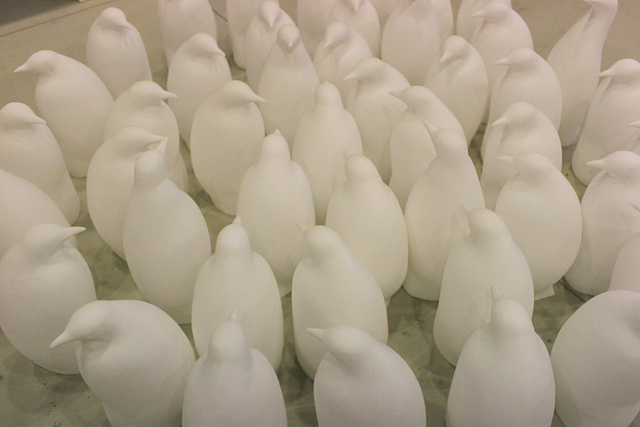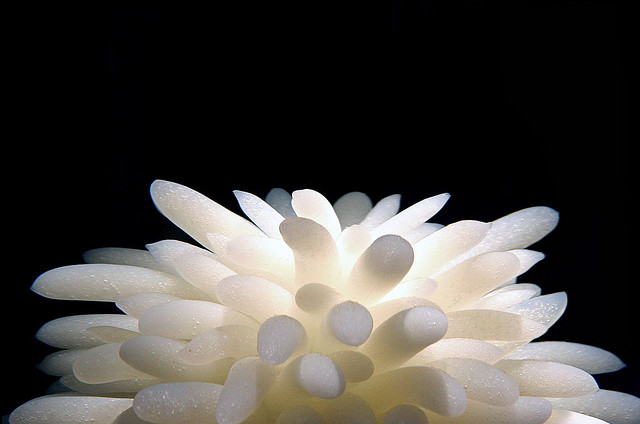Genetics is the study of how genes are inherited in a population. A scientist interested in genetics is a geneticist. If something is genetic, that means it is passed to you by your Mum and Dad. You inherit genes from your parents.
Genes control most aspects of human life, from eye colour to how fast you can run. There are some fun ways to demonstrate genetics in your own family.
Take tongue rolling. The ability to roll your tongue is what we call a dominant trait. If you have the gene for tongue rolling you will be able to roll your tongue.




